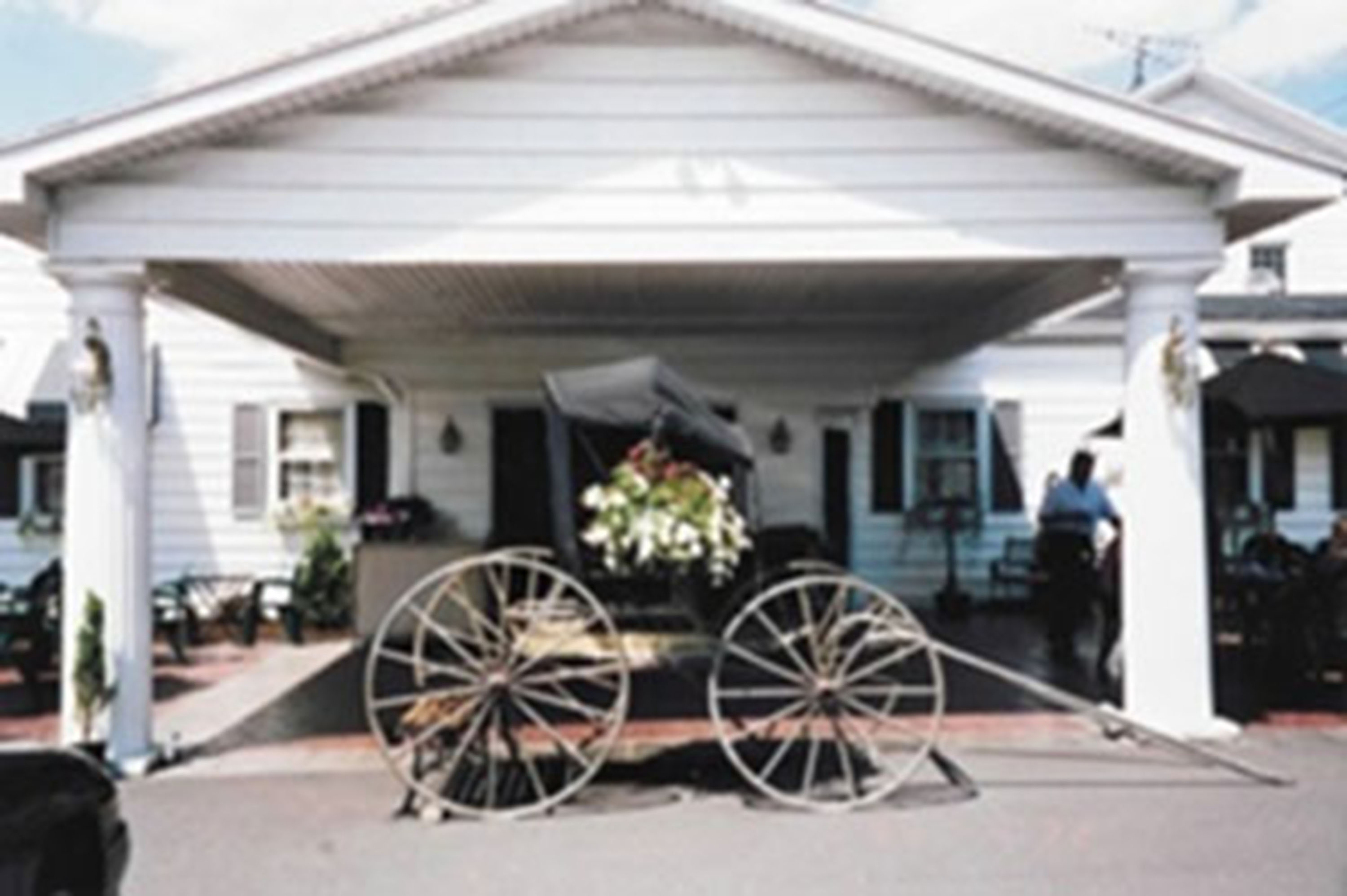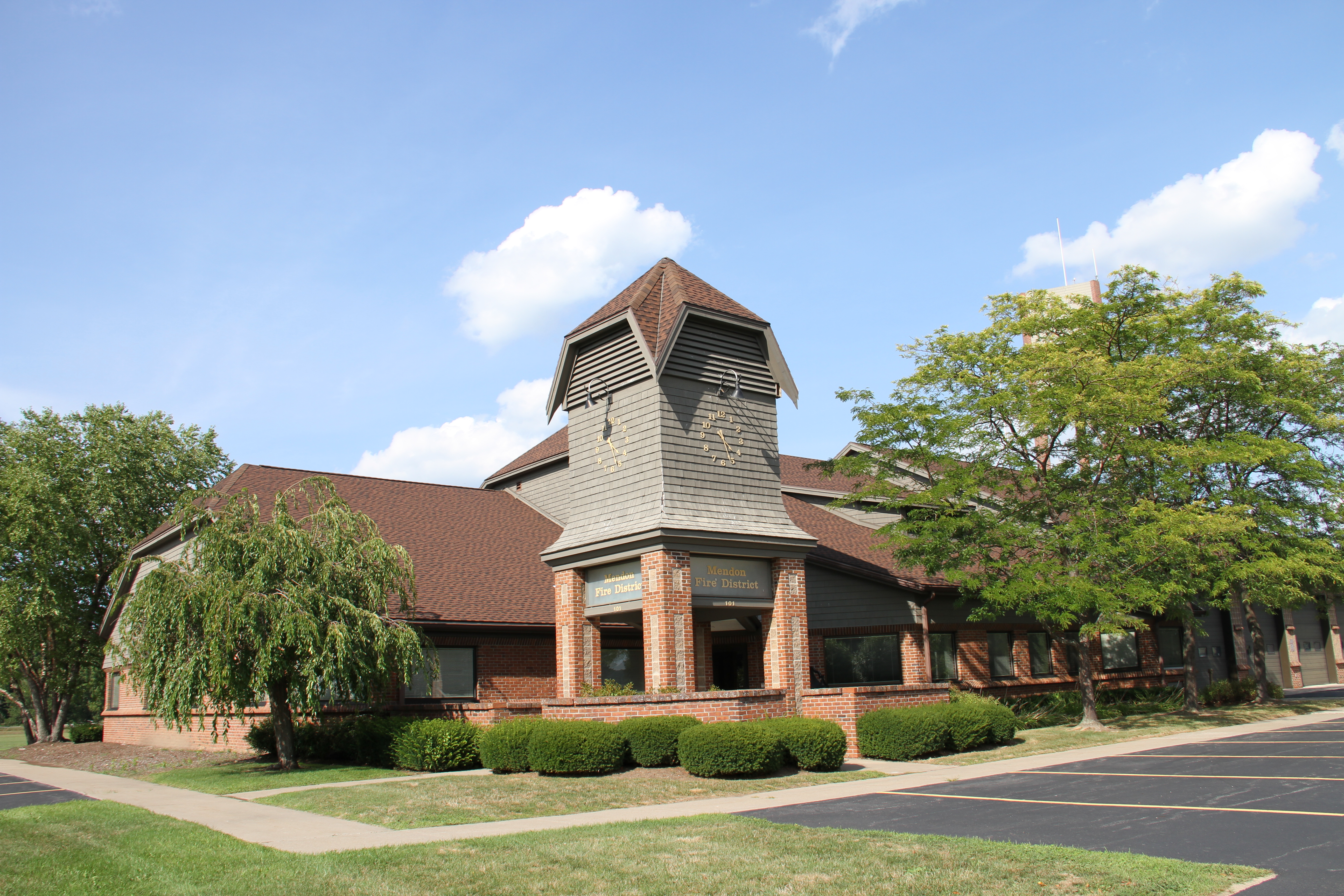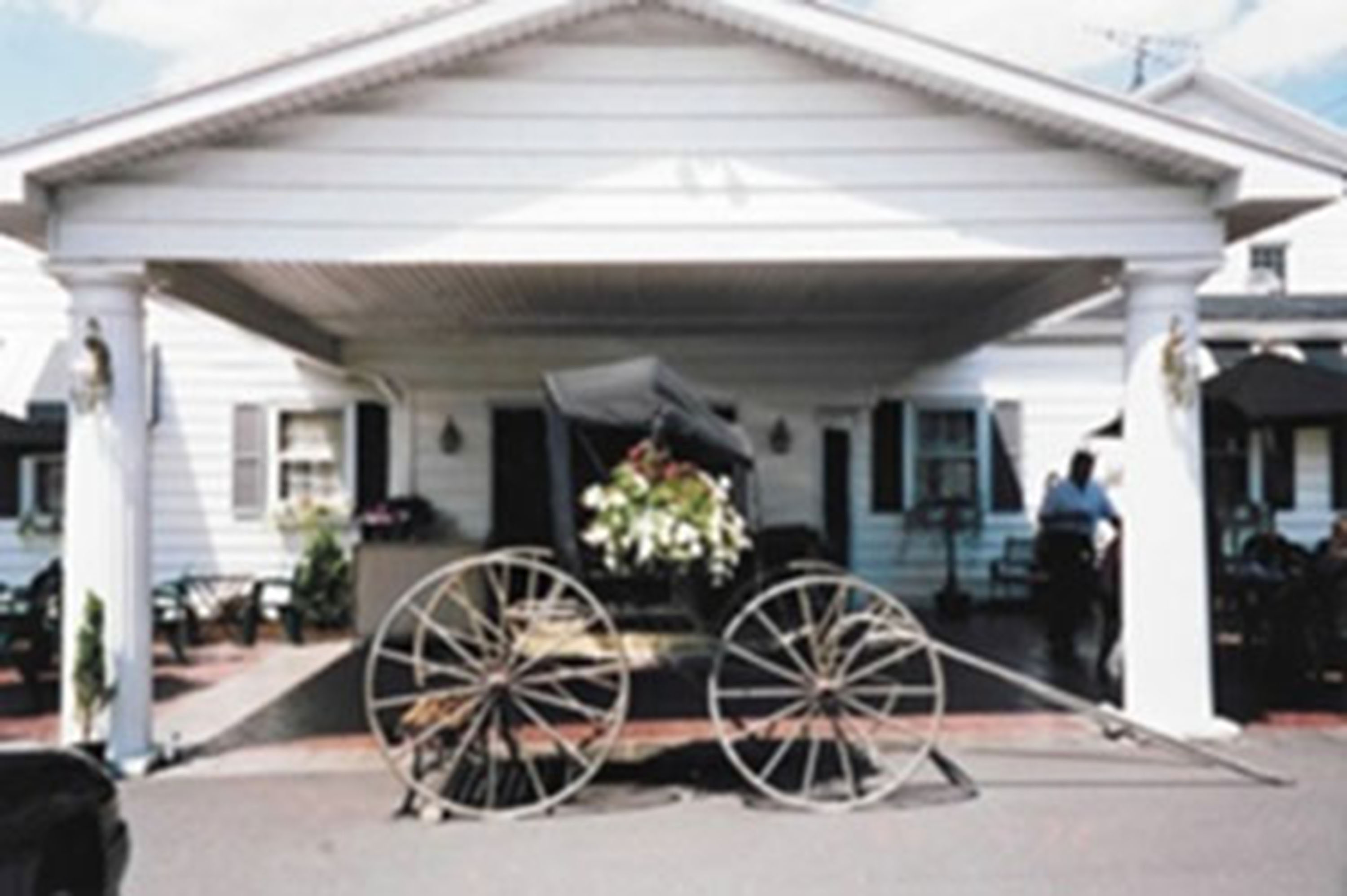
Photo by Deb and Tim Smith
BY DEB AND TIM SMITH
Thanks for rejoining us this week where we once again will have you accompany us for our 11-mile drive to the Tinker Nature Center on Calkins Road in Henrietta. Last week we had gone to the wrong building looking for Tinker’s Director of Programming and Education, Tim Pratt, and had found ourselves rather clumsily stumbling around the compound making some random discoveries on our own.
It’s there that we’ll pick up our adventure into the natural beauty that adorns the part of this park that can only be observed by actually walking the grounds. At first we notice the display garden which is maintained by the Cornell Master Garden Program. It is neatly organized into eight different rectangularly shaped areas with a color-coded map identifying the different beds in each area. Because of the timing of our visit in early November, the plants are past their prime but we can’t help but imagine the aromatic aura that would adorn the garden in the midst of a midsummer night’s dream.
We had done some homework before our visit, so even before talking with Tim, we know the vernacular of some of the park attractions we’re looking forward to experiencing. The next thing we notice is the Meditation Labyrinth. Not that we’ve ever demonstrated the mental depth to participate in such an activity, but we are smart enough to recognize a labyrinth when we see one.
The basic idea would be this… It’s a labyrinth laid out in a circle on the ground to be used for walking meditation. There’s a single winding path which takes a circuitous route from the outer edge to the center. These are used to quiet the mind, calm anxieties, and recover balance in life, all while enhancing creativity, insight and self-reflection. All this within a single circular patch of land just down the road in Henrietta. But at this point, deciding we’re satisfied with the level of self-reflection we’ve been sustaining, the decision is made to venture further back into the park.
Finally, we notice a bigger building with lights on and movement inside and it becomes evident that this is the destination to which we’ve been delayed, the primary building within the park complex which is the Hansen Nature Center. Upon entering we meet Tim and apologize for the Keystone Cop calamities that have led to our lateness.
In almost a decade worth of articles we’ve written about various local venues we cannot think of any other one where the story of us finally pinning down the person we’ve set out to interview has created so many subplots in and of itself.
So if those subplots have sufficed, let’s sally forth into the tale of the Tinker Nature Park and Hansen Nature Center. We mentioned before that you can’t help but be surprised by the size. What looks to be perhaps an acre from the road is actually a 68-acre park. It is a living museum of natural history with a variety of habitats including a marsh, pond, wildflower meadow, and forest. Wintertime activities also include the rental of cross-country skiing and snowshoe equipment for a bargain price of just $3.00.
There are two primary rooms in the nature center and we begin by talking with Tim in the first room, which they refer to as their “classroom,” because it is here that their educational sessions are conducted. During our half-hour interview, the park director provides an expert overview of the wide range of activities that are offered throughout his facility. Visitors are invited to walk on the 1.2-mile perimeter trail which extends all the way to the eastern boundary of the park, Pittsford Henrietta Town Line Road as we previously mentioned.
There is also a shorter half-mile nature trail within the longer one. An observation / photography blind provides a place for close-up viewing of birds and other feeding wildlife. Additional park facilities include picnic tables for cold picnics (no grills), a playground, a beginner-level orienteering course, and a physical fitness course.
School field trips are a major part of what happens at the nature center. All Rush-Henrietta first graders visit for a session for plants and animal nature hike. R-H second graders visit as part of the beekeeping program. Other area schools also visit, coming from as far away as Fairport and Spencerport and as close as Honeoye Falls-Lima. The beekeeping and education programs are lead by environmental educator and park naturalist Emily Malley.
The park offers a variety of outdoor environmental educational programs for school classes, as well as the community in general. Programs taking place focus on plants and animals, habitat study, and their unique honey bee program, which operates under Tim’s direction, is certainly a stand-out attraction. Programs are also offered for Scout groups who can call 585-359-7044 for more information.
The Nature Center hosts several events including the coffee and stargazing program, the Earth Day/Arbor Day Celebration, the Honey Harvest Festival, and various holiday events. In terms of those holiday events, the largest turnouts occur with the Easter and Halloween festivities which require a pre-registration through Henrietta Recreation.
Finally, let’s focus on that building where our tour begins, namely the Hansen Nature Center which opened in 1995. After we talk to Tim it’s time to take a tour and somewhat ironically the first thing we notice upon rising from our conference table becomes one of the more memorable moments. We look at a display table of items featuring a sign which, upon first glance, we think is a “Don’t Touch” sign as one would often expect to see in a museum environment. But upon closer inspection we realize that, contrary to the expected, the sign reads, “Please Touch.”
The display table houses an array of compartmentalized nature items including curiosities such as deer hooves, pine cones, fossils, pieces of animal bones, and strange rock formations. Sensing it’s our “time to rhyme” we tell Tim that our suggestion for a title to this display would be “Stones and Cones and Bones.” He laughs and we’re looking forward to seeing the new signage on our next trip to Tinker.
There are also a few aquariums in this first room and so many displays of taxidermy one can’t help but be taken aback. As we approach the hallway to the second room, the exhibit room, we notice a beautiful stuffed raccoon adorned with a handmade paper hat. In our ongoing effort to entertain Tim, we ask the question, “Just how difficult is it to get the raccoons to wear these paper hats in the wild?”
A fairly narrow hallway connects the two rooms in this building and upon entering the exhibit room we realize we have been exposed to the nature center’s heavy artillery. You can’t help but be blown away by the displays of live and preserved animals. Immediately to our right upon entering the room is Pudge the Dove. Pudge is a rescue project proud of his presence on his Facebook page.
Amidst the hundreds of examples of taxidermy in this room, which are indeed collectively spellbinding, we can’t help but be particularly drawn a bit to the critters who are breathing air. As we move counterclockwise around the room, we are introduced to Laverne & Shirley a pair of midland painted turtles who Tim estimates to be 20 + years old.
The right side of this room is clearly turtle territory with an entertainment theme. The next exhibit of live activity features a Sesame Street soiree with Bert & Ernie, a pair of box turtles who were pet surrenders. Keeping up with our age expectations, Tim shares that they are about 35 years old. Other turtles in the territory include Nubs, their long-time resident midland painted turtle and Sweet Pea a red-eared slider who was also a pet surrender.
The far end of the room features a captivating array of nature displayed in showcases in the middle of the room, as well as a menagerie of mounted taxidermy pieces around the perimeter. Continuing our counterclockwise circumnavigation of the room we encounter our next collection of live animals. The tour of turtles is completed by a visit to Gingersnap, a snapping turtle who is 5 to 6 years old and also a pet surrender.
The final phase of our trip around the exhibit room turns out to be a pigeon party. The Nature Center is home to three racing pigeons which have also been rescued. Tim explained that racing pigeons are birds humans are using to bet upon in racing competitions and sometimes they stray off course and are found abandoned. Hansen is home to three such birds named Luna, Felix and #62. We’re thinking that after this baseball season the New York Yankees’ Aaron Judge might want to go on record as naming #62 his favorite pigeon in the state.
At this point Tim is about to take us outside for the expanded version of our tour. This includes his expert explanation of the concepts at play with the park’s apiary, which Tim and Emily oversee and we also get our first-hand look inside the Tinker homestead which we described last week.
We’ll close with the Tinker Nature Park’s mission statement which is “to provide year-round environmental education and recreation opportunities through the utilization and protection of the natural and cultural attributes of the park.” In order to achieve this goal we try to provide an opportunity for “observation, recreation, and research, and in connection therewith, to serve as stewards of the park.” For this reason, pets are not permitted in the park.
Henrietta Town Supervisor Stephen Schultz added that “I’ll also note that the Town Historian has offices at Tinker Park and we have recently received a gift of Native American artifacts collected from one of the early farms in Town and passed down through the family and eventually donated to us sometime in the past year or two. We are working on a good means to display them – I’ve reached out to the Seneca Nation for some help with this since this was all their land prior to colonization.”








